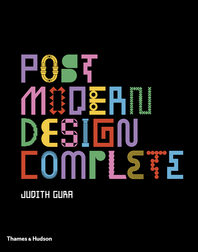Citation for Excellence
Foster + Partners’ design for a stainless-steel-clad, diagrid structure has given the Hearst Corporation an iconic presence on the New York City skyline [record, August 2006, page 75]. The Hearst Tower’s environmental agenda and unique aesthetic have dominated conversation about the building, but its occupants like to talk about how it enhances their work experience.
The new 46-story structure rises from a six-story pedestal built in 1928 and designed by Joseph Urban as the base for a future tower. But the Great Depression stalled the plans, and the short building served as the Hearst headquarters until Foster used it as the springboard for his design. Moving from 12 offices around the city back to its original home has given the company a more cohesive identity, and fewer private offices encourages more interaction among employees. The overall office-to-workstation ratio has been reduced from 50:50 to 20:80. Shorter workstation walls and casual meeting areas in desirable corner areas also encourage collaboration. Synergy among the leaders of Hearst’s many publications is greater now due to the seamless flow of space in the building.
As interior architect, Gensler designed many of the tower’s amenities. A fitness center, media lab, data center, and digital photo and broadcast studios make Hearst’s media operations run efficiently. Gensler also helped Hearst develop a “tower transition process” to aid employees in moving smoothly to the new workplace.
Increased productivity, an improved corporate image, and a healthy, attractive work environment have made Hearst a more desirable employer and a better company overall. Cosmopolitan publisher Donna Kalajian Lagani says the building has changed her perception of the company. “There is much more camaraderie companywide,” she observes. “I used to say I work at Cosmopolitan. Now I say I work at Hearst first.”




